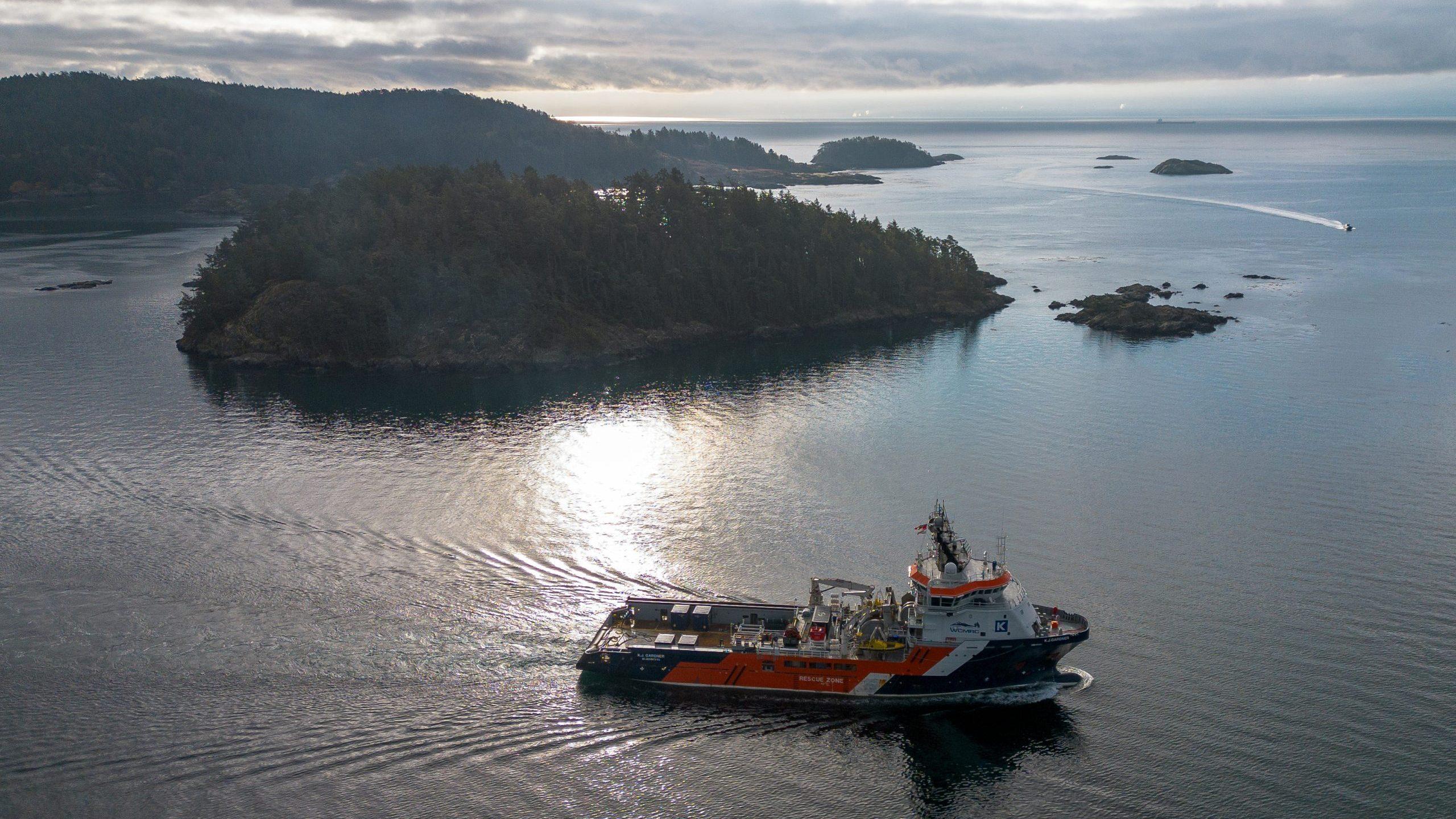Sign up for daily news updates from CleanTechnica on email. Or follow us on Google News!
University-led Projects Will Share Data, Strengthen and Build Relationships Between DOE and Communities Bearing the Brunt of Climate Change
WASHINGTON, D.C. — To support vulnerable communities responding to continued and extreme climate effects, the Department of Energy (DOE) today announced $10 million in funding for innovative Climate Resilience Centers (CRCs) in 10 different states. University-led research teams will leverage the world class modeling, data and research capabilities from DOE national laboratories customized for their local regions with a focus on climate prediction of weather hazard risks to better prepare communities. The CRCs are part of the Biden-Harris Administration’s Justice40 Initiative and are designed to ensure that all Americans are benefitting from scientific research.
“Every pocket of the country has experienced the impact of extreme weather events that are exacerbated by climate change, and disadvantaged communities often feel the brunt of that impact,” said U.S. Secretary of Energy Jennifer M. Granholm. “The projects announced today will leverage the world class expertise and scientific research capacities of DOE’s national laboratories to develop the tools communities will need to inform future decisions for building resiliency.
Each of the CRCs are led by Minority Serving Institutions and Emerging Research Institutions. Most are also collaborations with DOE national labs, other federal agencies, academic institutions, state and municipal agencies, or community organizations.
Projects were selected by a peer-review panel, and selections focused on a diversity of topics, regions, and institutions across the country. These projects also build on prior awards to CRCs made in 2023.
The CRCs will help form a nucleus for a diverse group of young scientists, engineers, and technicians to further their scientific research and work on scientific teams. The CRCs will also foster capacity at the regional and local level by connecting with affected communities and stakeholders to enable them to translate basic research into actionable science to enhance climate resilience, as well as to identify potential future research opportunities.
Across the 10 selectees, research projects include ways to predict and protect communities from coastal flooding and extreme storms; analyzing the impacts of drought on Tribal and agricultural communities; and improving water quality.
Selected Project Descriptions:
The 10 projects were selected under the DOE Funding Opportunity Announcement for Climate Resilience Centers DE-FOA-0003181.
- The Advancing Development and Climate-Resilient Adaptation Practices via Community-Driven Urban Transformation in St. Louis, Missouri, establishes a CRC at Saint Louis University with the goal of building regional resilience to heat islands. Heat islands are urban areas that experience extreme high temperatures due to the built environment. Researchers will connect with local communities to define the impacts of climate risk; increase awareness of climate change effects; and empower communities with data to support resilience projects and green infrastructure development. The goal is improved public health, increased economic stability, and a greener infrastructure.
- In the Climate Lighthouse project, City College of New York City will lead the effort partnering with the DOE’s Brookhaven National Laboratory to help residents better cope with extreme heat. The focus will be on translating DOE climate data into useable tools to improve NYC residents’ resilience. Information will be communicated to the public through community partnerships in Manhattan (Harlem) and Brooklyn. The team will work closely with community partners to improve tools so they can serve to build actionable knowledge among the public.
- The goal of the CRC in Tribal communities along the Missouri River Basin is to build climate resilience capacity for Native American communities. The team effort will be led by the South Dakota School of Mines and Technology, Tribal nations, US Geological Survey, and Pacific Northwest National Laboratory (PNNL). The team will develop user-friendly planning tools to translate existing climate projections into site-specific drought and flood risks, mitigation recommendations, associated costs, and uncertainties. Educational workshops organized by the consortium will demonstrate research results.
- Communities in the Texas Coastal Bend along the Gulf of Mexico face multiple water-related threats, including floods and droughts. In the Coastal Blend Climate Resilience Project, a partnership with University of Texas-Arlington and Texas A&M University-Corpus Christi, the focus is on improving the predictions of events. The Coastal Bend CRC will use data and modeling from the DOE for adapting and planning for climate extremes. A critical part of the program is building short-and long-term capacity in communities to ensure local and community leaders can leverage climate science to inform resilience-building efforts, particularly among vulnerable groups.
- The Midwest Climate Resilience Center in Clark County, Ohio, will address high risk from extreme rain and flooding and the consequential effects on drinking water quality. Central State University will partner with Ohio State University and PNNL to assess the impact of climate stressors on soil system processes in watersheds with varied land uses. The group will develop scale-appropriate targeted climate solutions for local communities and train the next generation of climate scientists from underrepresented student communities.
- The Climate Resilience Center for Alaska brings together researchers from the University of Alaska Fairbanks with Los Alamos National Laboratory. As Alaska experiences transformational change due to climate warming, this funding will enhance communication with Alaska communities about existing DOE science, develop meaningful collaborations between communities and the DOE, and incorporate DOE science into educational pathways and opportunities. This project will also conduct pilot research specifically focused on southwest Alaska to demonstrate the Center’s role. Much of the research will involve graduate students supported by the Center, acting as a conduit to recruit the next generation of climate investigators, with an emphasis on rural, traditionally underserved communities.
- Space Coast RESCUE (Resilience Solutions for Climate, Urbanization, and Environment) is an effort by researchers at the Florida Institute of Technology collaborating with the DOE’s Argonne National Laboratory. The Florida Space Coast, which borders the Atlantic Ocean, faces climate resilience challenges and risks that are multifaceted and representative of the problems faced by many coastal communities throughout the nation. Hazards include heat stress, extreme precipitation, tropical cyclone-induced high winds and surge, flooding, and coastal erosion, as well as inland flooding due to extreme precipitation and stormwater runoff that negatively affects water quality and human health.
- Planning for extreme weather is a cornerstone of the Building Predictive Capacity to Enhance Stormwater Infrastructure and Flood Resilience project led by Central Michigan University. The project aims to produce data and tools that will help communities plan for and become more resilient to climate change in collaboration with communities in three pilot watersheds in Michigan: the Chippewa River, Lower Grand River, and Rouge River. The project will use downscaling of climate model projections to develop local precipitation models to simulate future risks of floods and torrential rains.
- Powering just and resilient cities is the goal of the Gateway Cities Climate Resilience Center led by the University of Massachusetts Lowell in partnership with PNNL. The objective is to work with the community to use DOE science and tools to provide local projections of extreme temperature events. The project will assess vulnerability of residential heating and cooling power demand and potential mitigation measures in terms of urban tree cover and green spaces. Graduate students will be trained in community-engaged climate and energy-modeling research.
- This project, led by Lehigh University in partnership with PNNL, will examine the impact of regional climate action plans on the response to extreme water events like floods and droughts in Eastern Pennsylvania. The team plans to work closely with the three-city coalition of Allentown, Bethlehem and Easton to address multiple climate change impacts. Community workshops will be hosted with Community Action Lehigh Valley.
Total funding for all of the projects is $10 million for Fiscal Year 2024 dollars for projects lasting three years in duration. A list of all Biological and Environmental Research (BER) projects and funding, including Climate Resilience Centers, can be found at science.osti.gov/ber.
Selection for award negotiations is not a commitment by DOE to issue an award or provide funding. Before funding is issued, DOE and the applicants will undergo a negotiation process, and DOE may cancel negotiations and rescind the selection for any reason during that time.
Courtesy of U.S. Department of Energy.
Have a tip for CleanTechnica? Want to advertise? Want to suggest a guest for our CleanTech Talk podcast? Contact us here.
Latest CleanTechnica.TV Videos
CleanTechnica uses affiliate links. See our policy here.
CleanTechnica’s Comment Policy





